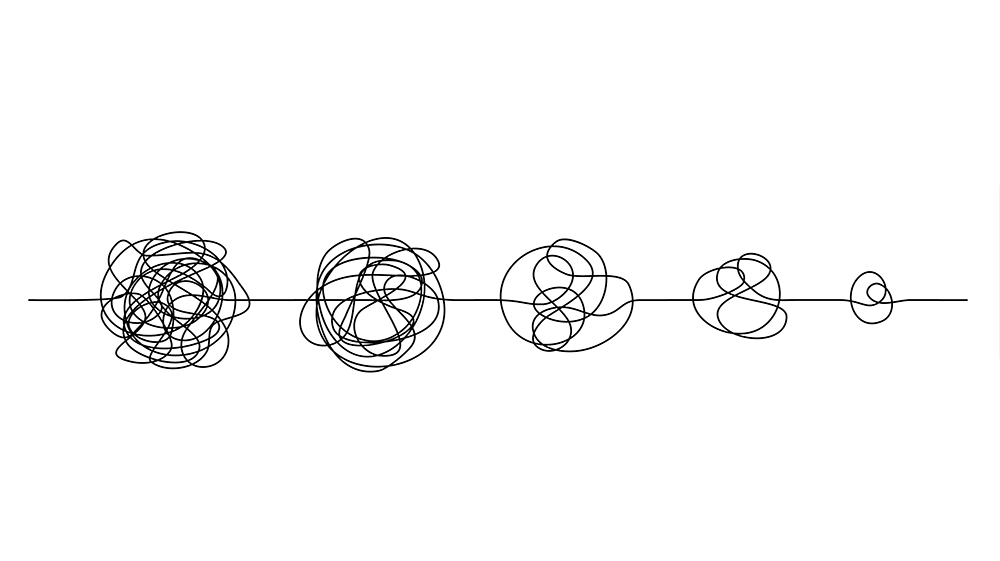Lean Learning Loops are at the very heart of the Lean Startup method. The Lean Startup process, in many ways, is nothing more than a sequence of learning loops: stating a hypothesis, designing an experiment to test it, running the experiment, and reviewing the results to decide whether to pivot or persist.
The Lean Startup’s combination of experimental approaches, successive prototypes, and feedback-driven pivots can seem like chaos to those working inside a company’s core functions, however – and antithetical to the disciplined, time-tested processes most companies use to drive new product development. Although many executives will acknowledge that new business innovation is inherently different from the development of next generation products, the Lean Startup practices can seem a bridge too far. Where are the checkpoints? How do we ensure that we get input from all the relevant stakeholders? How do we know that what we are investing in will work? Why would we want to institutionalize rework?
As I explain in my book, Lean Startup in Large Organizations, faced with the challenge of new venture innovation, executives can feel caught in a dilemma: whether to manage innovation through an inappropriate but manageable process or cede control to what looks like unmanaged—and maybe unmanageable—chaos.
______________________
____________________
An Innovation Stage-Gate offers one resolution to this dilemma. By containing the Lean Startup learning cycles within defined stages and by establishing gates with intermediate deliverables, an Innovation Stage-Gate system can capture the best of both worlds: it can permit exploration and iterative learning to co-exist with a defined process, something that most corporations demand.
The Innovation Stage-Gate is an adaptation of the standard Stage-Gate product development process, originally developed by Bob Cooper. The use of Stage-Gates has become the gold standard in corporate product development processes, where they are used to manage alignment, budgets, schedules, and stakeholder input for new product development. When Stage-Gate systems are implemented well, they are cross-functional, incorporating representation and input throughout the product development process from all key functions: engineering, marketing, sales, service, R&D, finance, and IT.
The traditional Stage-Gate does not work well for new ventures, however. This is because it assumes clarity at the start—clarity about customers and their needs, about timelines, about business models, and about budgets. This clarity just doesn’t exist for a startup. The baseline questions of what will be built, for whom, and (at least roughly) with what resources simply cannot be answered by internal ventures, which operate under conditions of much greater uncertainty than is present in traditional product development. For the startup, everything is unknown. Lean Startup is designed to accommodate that uncertainty through an iterative learning approach.
At first glance, Lean Startup and Stage-Gate can seem antithetical. A traditional Stage-Gate generally follows a process of successive refinement. It is concerned primarily with assuring alignment with corporate functions and corporate strategy and managing the risks of new product development. Lean Startup, on the other hand, is focused on rapid iteration of a new business concept to find a fit with the market, a process that might be termed successive elaboration. All the stages happen simultaneously.
In a traditional Stage-Gate process, each phase refines the concept further. By contrast, the phases in an Innovation Stage-Gate do not represent different levels of refinement of a concept, but rather different phases of exploration. In many ways, the Innovation Stage-Gate is simply an unraveling of the key areas of focus in the Lean Startup triangle. The Value Hypothesis, the Business Model Hypothesis, and the Growth Hypothesis become gates, worked on sequentially rather than all at once. Lean Learning Loops happen within each of the stages, with different sets of assumptions and different versions of prototypes. As with traditional Stage-Gates, the gates provide opportunities for managerial oversight, staged release of funds, and cross-organizational input.
Each stage of an Innovation Stage-Gate is characterized by iteration. At each step, many hypotheses, of different types, are posited and proven or disproven. The process relies on Lean Learning Loops using prototypes to test clearly stated hypotheses. It can feel chaotic and hard to track. The results at one stage may require cycling back to earlier phases (although this is less common if the earlier stages have been thoroughly developed and tested). Pivots are still relevant, but they take place within a phase.
The entire focus of an Innovation Stage-Gate is learning: learning about customer needs and new ways of meeting them; learning about business risks and how to allay them; and learning about the business in the market before moving to scale. Many ideas fall by the wayside during the process, as assumptions about the world and about the business are disconfirmed. But if an innovation team is deliberate and honest with itself, real opportunities emerge. An Innovation Stage-Gate provides the framework for this learning – one that lets it happen within a traditional corporate structure. It provides what engineers call an impedance match between the new venture and the existing corporation.
In next week’s post, I will discuss the fear of disruption and the role of Minimum Viable Products in sparking that fear.


Recent Comments